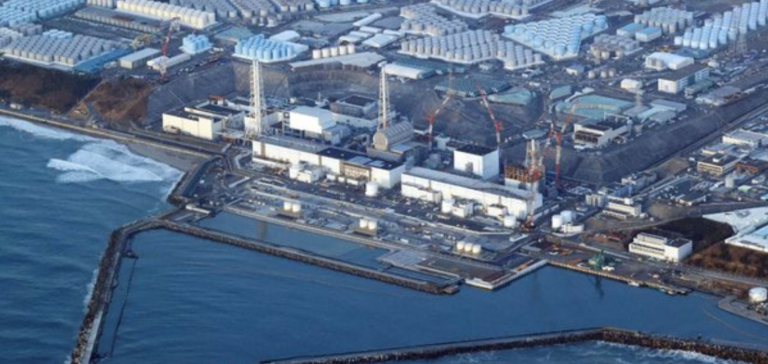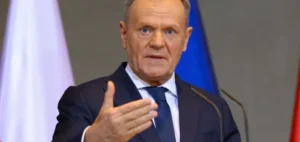Japan has begun the third phase of the discharge of treated water from the Fukushima power plant into the sea. This phase involves the release of some 7,800 tonnes of water over a period of around 17 days, according to Tepco, the plant operator. This water mainly comes from cooling the Fukushima Daiichi reactors, which melted down following the 2011 tsunami. It also includes groundwater and precipitation.
Process for discharging Fukushima’s contaminated water into the sea
Experts have treated the radioactive contamination of this water using the ALPS (Advanced Liquid Processing System), with the exception of tritium, a radionuclide that is only dangerous in very high concentrations. Before releasing it into the Pacific Ocean, they diluted it with seawater to keep its radioactivity level below the target ceiling of 1,500 Bq/L, 40 times lower than the Japanese standard for this type of operation. The International Atomic Energy Agency (IAEA) has validated this sea disposal process.
China and Russia restrict Japanese imports in protest
However, this move provoked a diplomatic crisis between Japan and China. Since the end of August, China has suspended all imports of Japanese seafood products in protest, followed by Russia. The ban particularly affected scallop fishermen on the northern island of Hokkaido, who depend on Chinese factories to shell their mollusks.
Japan plans to discharge more than 1.3 million cubic meters of tritiated water from Fukushima into the Pacific Ocean, but in an extremely gradual manner, spread out over the early 2050s according to the current schedule.
The third phase in the discharge of treated water from Fukushima into the sea marks an important milestone in the process of managing contaminated water from the accident site. However, diplomatic tensions with China and Russia underline international concerns about the environmental impact of this approach and the consequences for local industries. Japan will need to continue its efforts to explain and alleviate these concerns, while responsibly managing the situation at Fukushima.






















